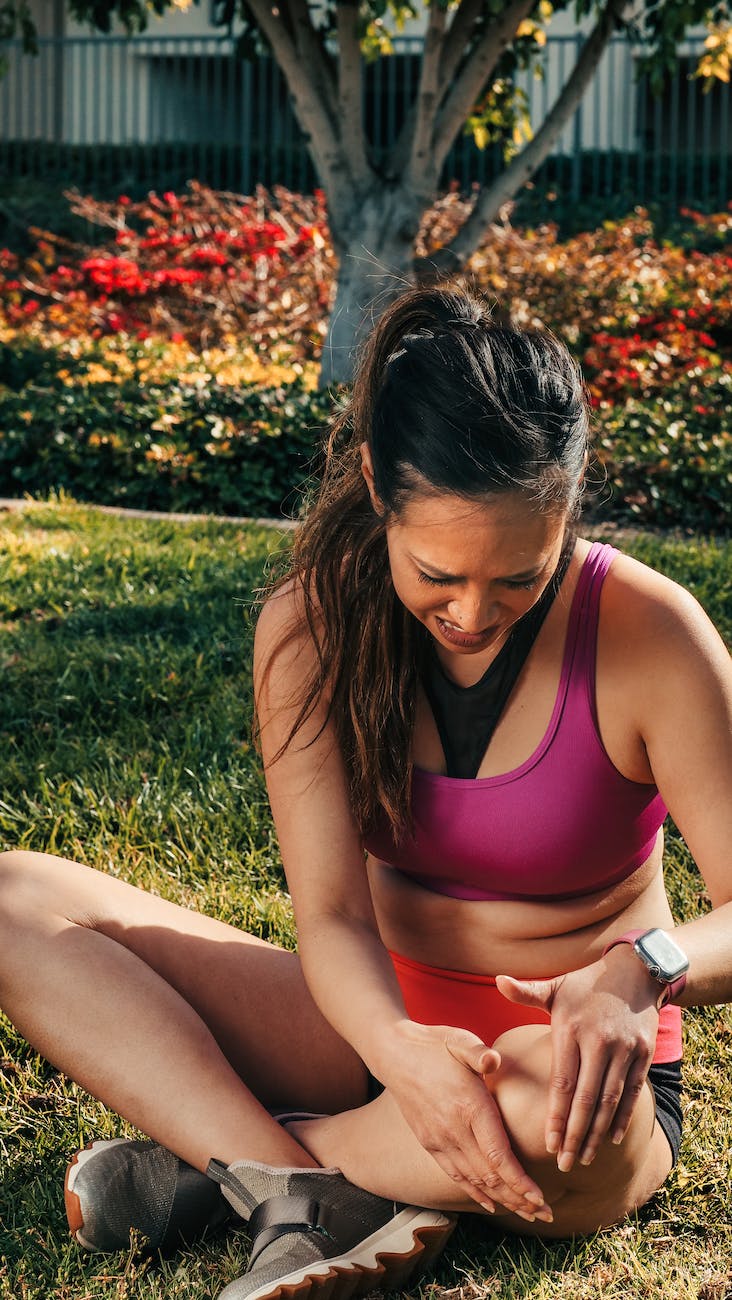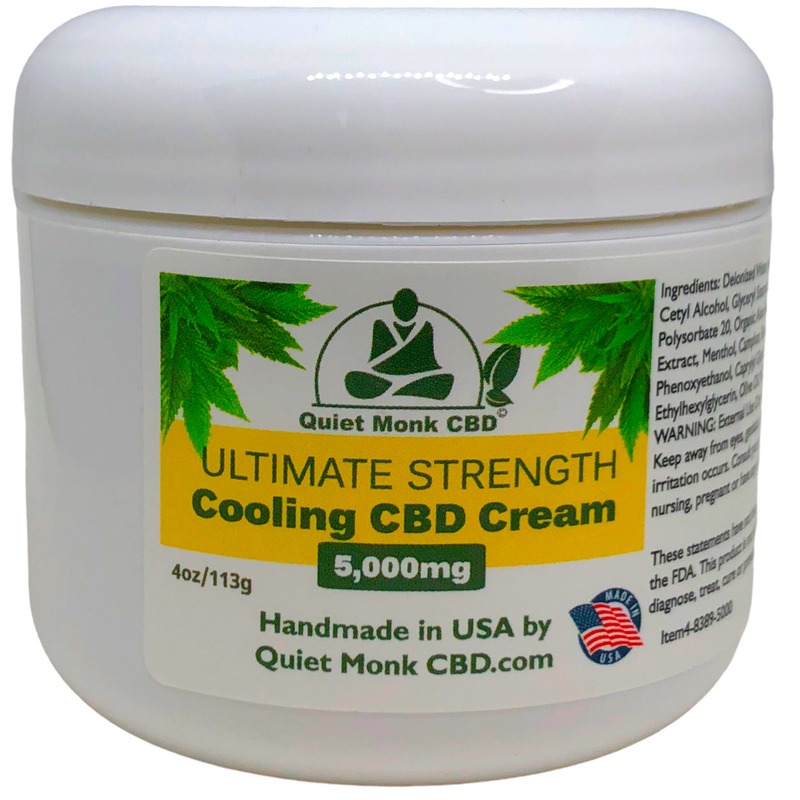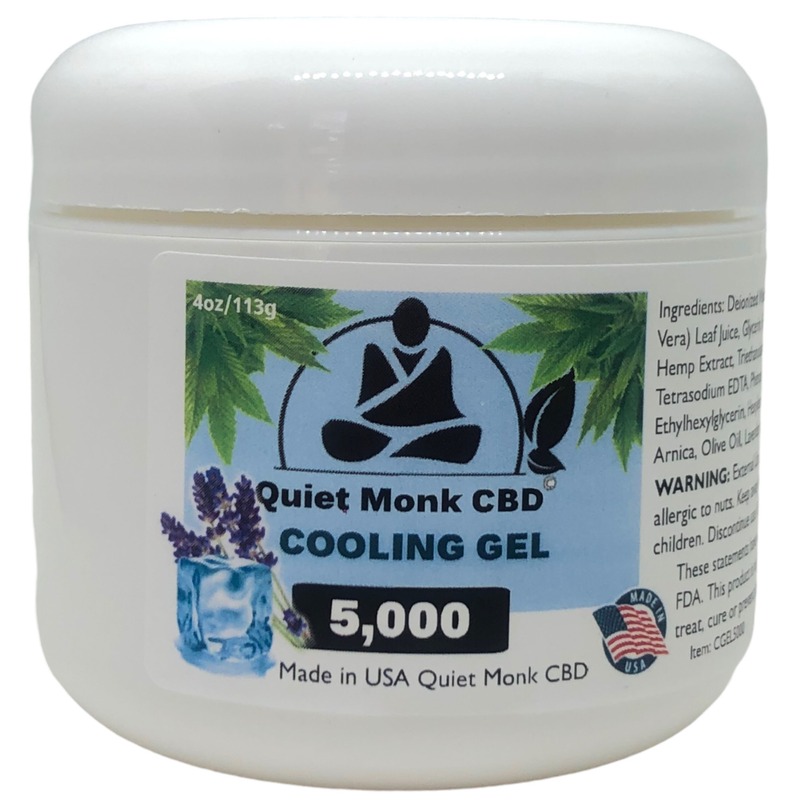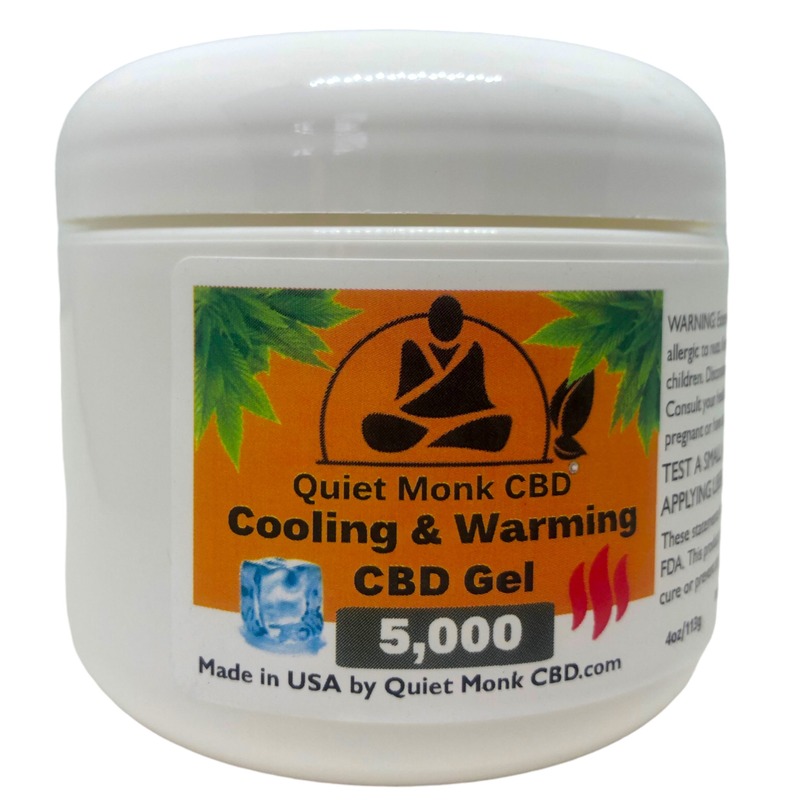Knee surgery can be a real pain in the… well, knee. Whether it’s a full knee replacement, ACL repair, or a meniscus tear, recovery can be a lengthy and uncomfortable process. With so many people seeking natural alternatives for pain relief and inflammation reduction, it’s no surprise that CBD cream has emerged as a popular choice. But will CBD cream help after knee surgery? In this article, we’ll explore the potential benefits, the science behind it, and address some frequently asked questions to help you make an informed decision.

CBD Cream and Knee Surgery: A Match Made in Heaven?
The ABCs of CBD
Before diving into the nitty-gritty of how CBD cream might benefit post-knee surgery recovery, let’s quickly brush up on what CBD is. CBD, or cannabidiol, is a natural compound found in the cannabis plant. Unlike its cousin, THC (tetrahydrocannabinol), CBD doesn’t produce a “high” feeling. Instead, it’s been touted for its potential therapeutic effects, including anti-inflammatory and analgesic properties.
Put the Cream on the Knee
CBD cream, a topical product infused with CBD, can be applied directly to the skin where it’s absorbed through the pores. This targeted approach may help manage post-surgery pain and inflammation in the affected knee area. Some potential benefits of using CBD cream after knee surgery include:
- Pain relief: CBD has been shown to interact with the body’s endocannabinoid system, which plays a role in regulating pain. This interaction may help alleviate pain associated with knee surgery recovery.
- Reduced inflammation: CBD’s anti-inflammatory properties could help reduce swelling and inflammation around the surgical site, potentially promoting a faster healing process. Especilly the higher milligram creams like the 10,000 mg cbd cream.
- Improved sleep: CBD may also aid in sleep, which is crucial for optimal recovery after surgery. A well-rested body is better equipped to heal and rejuvenate itself.


The Science Behind CBD Cream and Knee Surgery Recovery
While there’s no shortage of anecdotal evidence supporting the use of CBD cream for post-knee surgery recovery, scientific research is still in its infancy. However, several studies have shown promising results:
- A 2018 review of existing research suggested that CBD may be effective in managing chronic pain, including that resulting from surgeries.
- A 2016 study found that topical CBD application significantly reduced joint swelling and pain in a rat model of arthritis.
- A 2020 review highlighted the potential of CBD for reducing inflammation and improving sleep, both of which can contribute to a smoother recovery process.
Although these findings are encouraging, more research is needed to establish the efficacy and safety of CBD cream for post-knee surgery recovery.
FAQs: What You Need to Know About CBD Cream and Knee Surgery Recovery
Can I use CBD cream alongside other pain medications?
It’s important to consult your doctor before using CBD cream in conjunction with other pain medications, as CBD may interact with certain drugs. Your healthcare provider can help you determine the best course of action for your individual situation.
Are there any side effects of using CBD cream after knee surgery?
CBD is generally considered safe and well-tolerated. However, some people may experience mild side effects, such as skin irritation or redness at the application site. If you notice any adverse reactions, discontinue use and consult your doctor.
How soon after knee surgery can I start using CBD cream?
Always follow your surgeon’s post-operative instructions and consult with them before introducing any new treatments, including CBD cream. They will be able to advise you on the appropriate time to begin using the product based on your specific surgery and recovery progress.
How often should I apply CBD cream to my knee?
The frequency of application may vary depending on the product’s instructions and your individual needs. Generally, CBD creams can be applied 2-3 times per day or as needed for pain and inflammation relief. Be sure to follow the manufacturer’s guidelines and consult with your healthcare provider if you’re unsure.
Is CBD cream suitable for all types of knee surgery?
While CBD cream may offer potential benefits for various types of knee surgery, it’s essential to discuss its use with your surgeon or healthcare provider. They can provide tailored advice based on your specific surgery and individual circumstances.
Conclusion: So, Will CBD Cream Help After Knee Surgery?
While the research is still emerging, early findings suggest that CBD cream may be a promising option for managing pain, reducing inflammation, and promoting better sleep during knee surgery recovery. As with any treatment, it’s crucial to consult with your healthcare provider before incorporating CBD cream into your post-operative care plan. By considering the potential benefits and risks, you can make an informed decision about whether CBD cream is the right choice for your knee surgery recovery journey.




